The protagonists of the Sisters of the Storm series, Aleena Kurrin and Baezha Ambrose, started out as Dungeons and Dragons characters I played in high school. Aleena is a warrior while Baezha is a sorceress/warrior. When I started writing about them, the only women warriors in the genre (and we’re talking late 1980s here) were members of the bronze bikini brigade, and while I like looking at beautiful scantily clad women as much as any straight guy, I wanted my characters to be more than eye candy. I wanted them to be well-developed characters who were at least smart enough to go into battle fully armored. All the writing advice at the time was for your novel to have a unique angle you could use to sell to a publisher, so that was my angle – my female warriors were intelligent, fully fleshed-out characters, not just a couple of hot chicks (although, yes, they are hot – I’m a guy, when I picture women, I naturally picture hot ones. Admit it, ladies, you’re just as guilty – notice the total absence of short, pudgy bald guys on the covers of romance novels. I figure fair’s fair – ladies can have their beefcake and guys can have their cheesecake.).
Then the television series Xena: Warrior Princess premiered, featuring a complex, intelligent female warrior who wore sensible armor (yes, it showed some thigh and cleavage, but it was a damn site more practical than the metal lingerie all the previous women warriors in the genre wore, and was a reasonable fantasy equivalent of Greek armor). And I thought, “Well, crap, there goes my unique angle.” But I kept plugging along, my obsession refusing to let my stories go and, well, here I am.
Strong female characters have always been my favorite, and they are characters a lot of writers seem to have difficulty with, which always puzzled me. “How do you write strong female characters?” is a staple topic of writer message boards everywhere, at least among male writers. They tend to get preoccupied with things like “would a woman do this?” or “would a woman do that?” Speaking as a man, I have no idea what a “typical” (whatever that is) woman would do in a given situation, but I know what these individual characters would do because I created them.
Another common mistake is they try to keep the character “feminine” and in their efforts end up writing what tvtropes.org calls the faux action girl – she’s presented as tough and competent, yet she always ends up needing a guy to rescue her. R.A. Salvatore ended up doing this to the character Cattie Brie in the Drizzt Do’Urden novels and it absolutely infuriated me.
The other common mistake is to go too far in the other direction and focus all effort into making sure the reader knows how tough and competent she is, so that becomes her only characteristic and she ends up being a one-dimensional and thoroughly unlikable cast iron bitch.
Good characters need to be well-rounded and complex. Aleena and Baezha are strong, competent, and tough, but that’s not all there is to them. They’re also well-educated. In Reckoning, guilt has left Baezha a pile of emotional flaming wreckage bordering on suicidal. In The God Makers, they’re both suffering PTSD from the events in The Eighth Hell. They can be smartasses, a trait most of my protagonists share (no idea where they get it…). Other characters often call them arrogant and, well, those characters have a point. Being designed by the gods to be the consummate warrior, Aleena’s natural instinct in battle is to go for total annihilation of her opponent, so many people think her bloodthirsty, and Baezha is downright sadistic to anyone who threatens her loved ones. Both of them are extremely harsh critics of themselves.
Why, one might ask, am I so fascinated by strong female characters? I was so young when my father died I don’t remember him. Mom was the primary influence in my upbringing and raised three kids by herself after Dad died, so that would be the obvious answer, but it wasn’t until I was discussing this topic in a message board that I realized what an influence my older sister was on me.
Growing up, many of the clichés and stereotypes about women at the time – they have no sense of direction, they’re bad drivers, they don’t do well in math or science, they’re meek – never made sense to me. My sister was always good at math and science, excelled in all academics, and never held back competing with any students, boys or girls. I never knew her to get lost. She has a good driving record. She’s a master of biting sarcasm and never had any hesitation using it on anyone. I never knew her to compromise herself so boys would like her. But she also liked “girly” things like Little House on the Prairie and Holly Hobby, and she’s good with kids. When I was very small I did see her as a protector. Mind you, she was never a fist-on-her-hips, I-am-woman-here-me-roar type. She just went around being herself. In other words, she was a fleshed-out human being, and it wasn’t until I had been writing Aleena for about thirty years that I noticed how much of my sister had found her way into the character, through no deliberate effort on my part.
An excellent piece of writing advice is to keep your eyes and ears open. Notice things; a conversation you overhear in a coffee shop, mannerisms of a coworker. Incorporating things like that into your characters helps develop them and make them more authentic to the reader. Once your character is that developed, it doesn’t matter what a “typical” member of his or her demographic would do. All that matters is what this individual person you created would do, and now that you’ve made them an authentic person, it will work in the story.
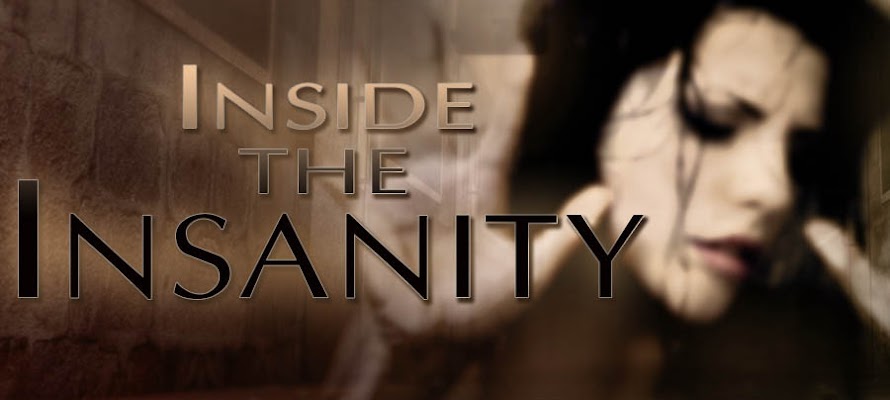
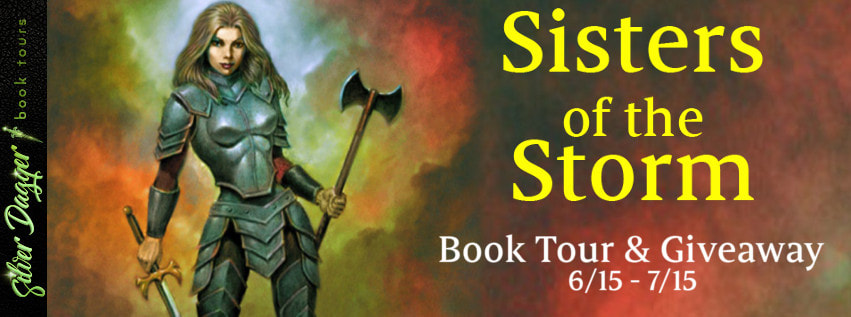
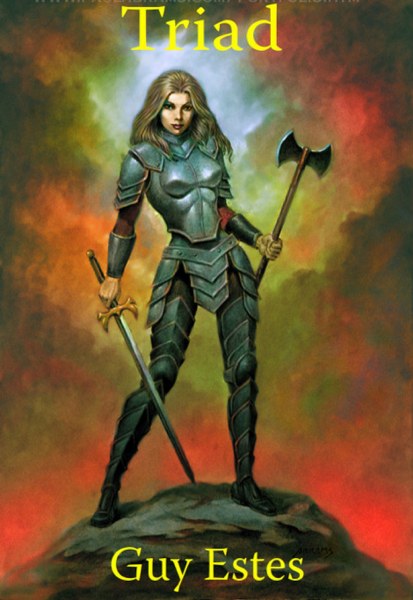

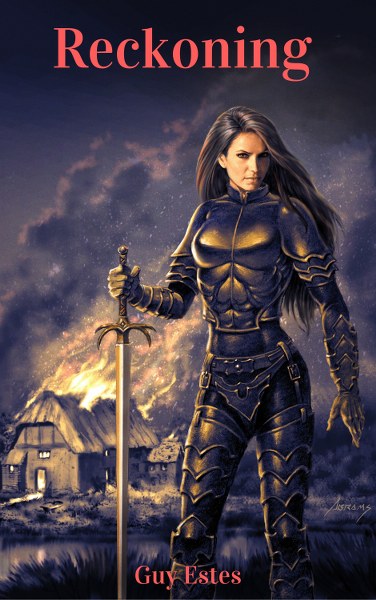
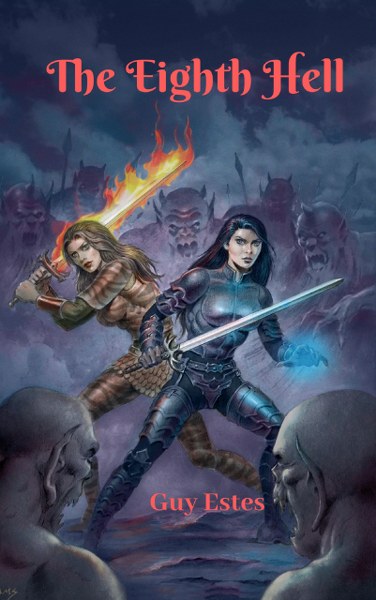
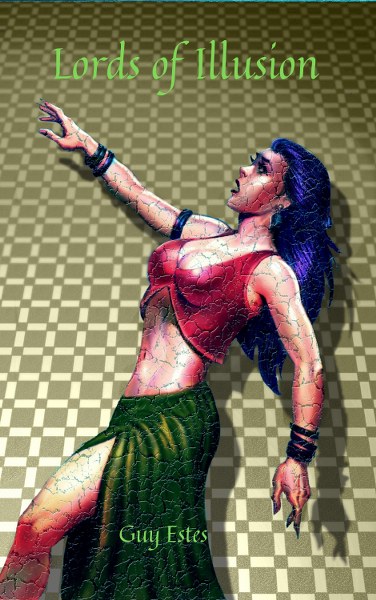

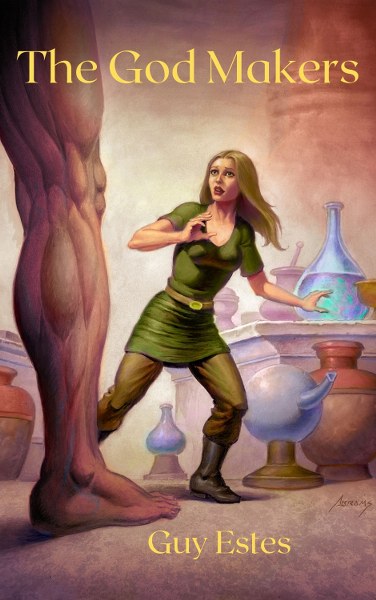
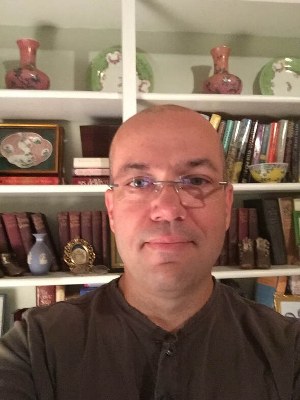

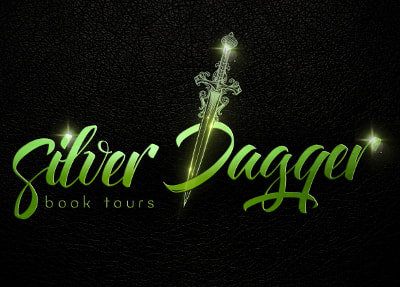
No comments:
Post a Comment